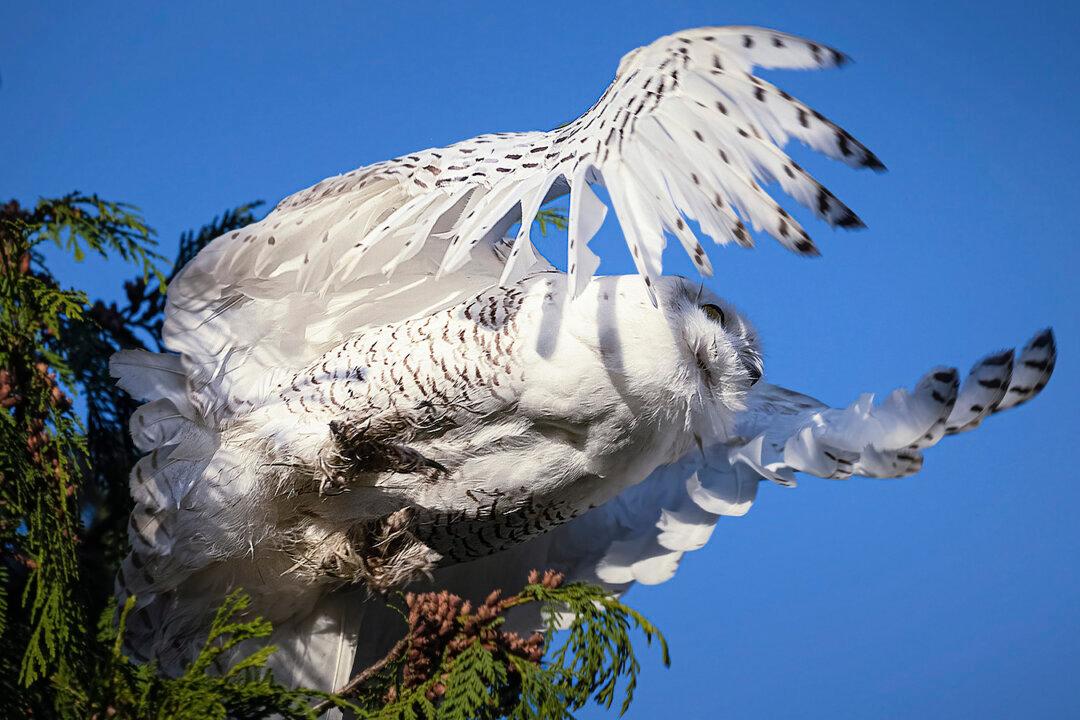Residents in Queen Anne have reported sightings of a rare snowy owl, the likes of which are seldom seen in the area. Bird watchers are flocking to the area for what they call a “once-in-a-lifetime” sighting.
The snowy owl, which is one of the largest birds in North America, is native to the Arctic and is hardly ever spotted in Washington state.






